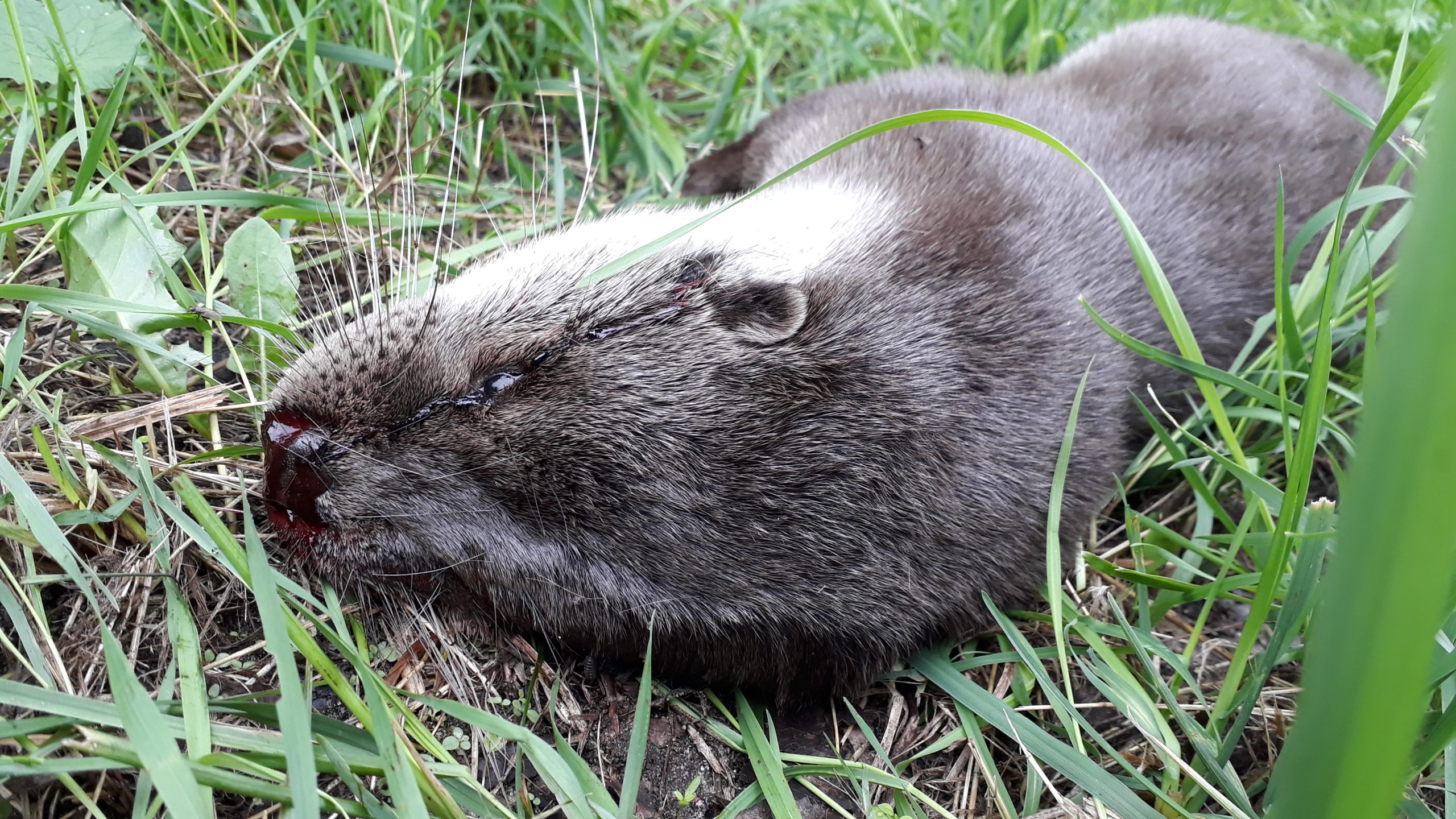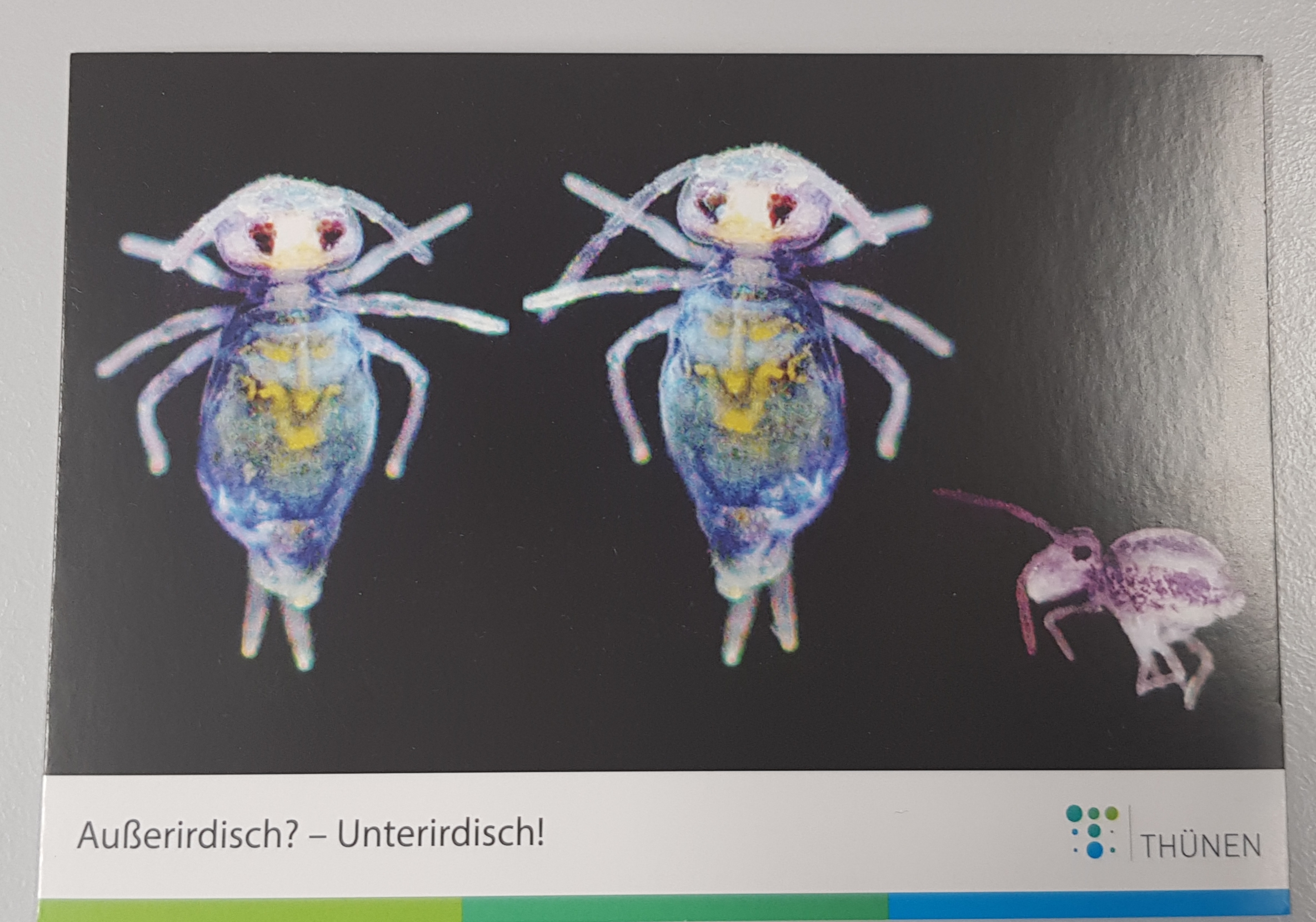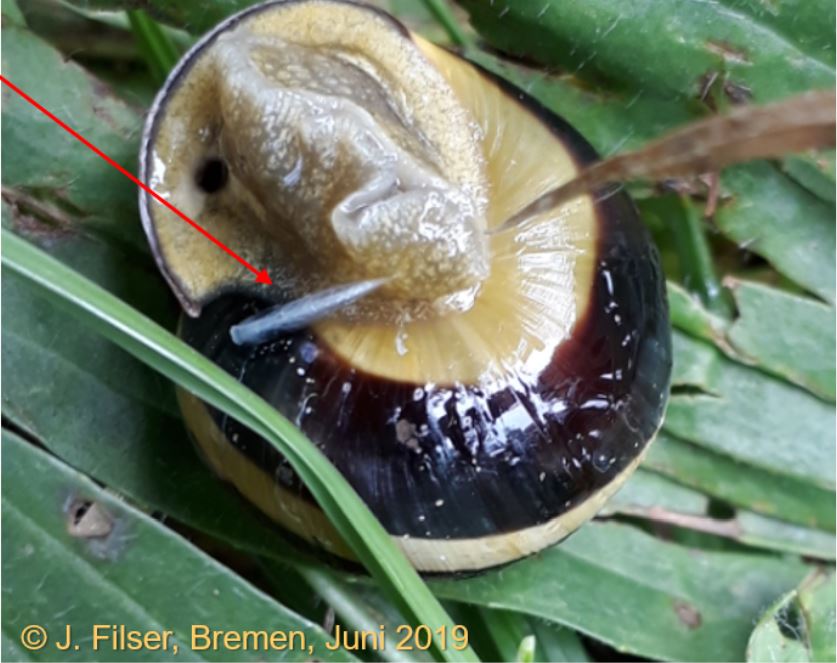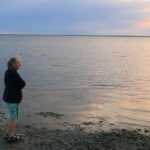
Retired…
By Juliane Filser, 28.03.2024
This is my last official working day as I will go on early retirement. It feels more than weird! Still, I won’t be out of academia, for sure!

Warburg!
By Juliane Filser, 09.02.2023
Another long-term project was finished today: the showcase with our oldtimer, the Warburg apparatus dating back from the first years of the university. Former technician Ute Uebers came to help with the details, and from now on the instrument decorates the entrance of the UFT building.

Social Distancing in House Martins
By Juliane Filser, 08.08.2022
No summer vacations without nature goodies: The flight manouvres of house martins (Delichon urbicum) are familiar phenomena of every summer, and their chatter becomes most apparent when large numbers are sitting closely packed on power cables. However, during times of pandemic they apparently mimick human behaviour: near the „iron age house“ on the island of Amrum they would practice social distancing…

Quarantine Pleasures
By Juliane Filser, 19.07.2022
Not everything is bad during a Covid-19 infection: forced to being homebound on a hot day like this, I was lucky enough to take this shot of one of my favourite insects – Calopteryx splendens, a true beauty. The females look less conspicious, being uniformly green. Note the long bristles at the grabbing legs – no chance for the prey!

Abuse
By Juliane Filser, 04.06.2021
This box was originally built for and inhabited by starlings. In later years, woodpeckers would enlargen the hole – and now it has become home of a squirrel! As these cute rodents are well known for preying on birds‘ nests, this righteously can be called abuse..

Monsters in Nature
By Juliane Filser, 03.06.2021
On our excursion to the Königsmoor we encountered not only a lush vegetation of typical bog species such as the carnivorous Drosera rotundifolia but also the largest earthworm I ever found in nature (probably Lumbricus terrestris). Note that my shoe size is 43…


dead otter (Lutra lutra)
By Juliane Filser, 09.09.2020
On September 09, 2020 I made a tragic discovery on my way to work: a big puddle of blood on the road, and at the margin a dead otter (Lutra lutra), a young male – first time ever that I had seen one around here. Although it is very sad to find a dead specimen of THE umbrella species of conservation in Bremen, this on the other hand proves that they are at least there. Yet it also calls for paying more attention to traffic regulation: this road is officially forbidden for cars, with very few exceptions. However, it is also a rat run for cars heading in N-S direction, accompanied by plenty of roadkills. More pictures see https://seafile.zfn.uni-bremen.de/d/b6e3ac0089c34c3e9481/

Easter 2020 – Social distancing in eggs
By Juliane Filser, 12.04.2020
A very special Easter nest: Right on Easter Sunday I found this lonely egg near our pond. A couple of mallards had been around during the last weeks and obviously started with this unfinished nest. Maybe the large fox that I had seen the other week is to blame that it was abandoned with one egg only?

World Soil Day- Movie Night
By Juliane Filser, 02.12.2019
We celebrate World Soil Day on Dec 5 with a fascinating, a small exhibition and snacks: 4 pm, Room 1790 UFT, free entrance!
https://blogs.uni-bremen.de/ecology/files/2019/11/WORLD-SOIL-DAY_final-version-4.pdf
Cybister lateralimarginalis
By Juliane Filser, 02. 09.2019
One of the most exciting findings during student excursion was this attractive water beetle. It is highly endangered. We first had found it in 2015 and since then have recorded the species and its larvae regularly. The video vas taken in July 2015 by Lisa Hirsch.
Nice excursion finds
by Juliane Filser, 14.06.2019
Half-day excursions can be so exciting! Here are two examples of what we encountered on June 5 and 12 2019, respectively:
Asilidae are a predatory family of flies. Here is one with its regrettable prey, a curculionid beetle . The characteristic paired lobes at the tarsi are nicely visible. Below, you can see a species from the genus Neoitamus holding a curcolionid beetle (Phyllobius sp.).
Also, students attending my lectures are familiar with the interesting reproduction behaviour of Helicidae: During mating they „shoot“ a calcareous structure, the so-called love dart seen in one of the pictures above, into the partner’s foot.


Pompilid wasp
by Juliane Filser, 25.04.2019
This short video, taken in April 2019 near Aarhus in Denmark, shows the typical movement of a wasp from the family Pompilidae. They predominantly hunt spiders, dig their prey in the ground and place their eggs inside, which later on will hatch and pupate.
Rock Art (Sci-Fi 2019)
by Juliane Filser, 13.04.2019
We are definitely ahead of our times! This is NOT from our group but was brought to my attention by Prof. Walter Erdelen (former Assistant Director-General for Natural Sciences, UNESCO), an old friend from Munich times – whose friend Jan Visser is the author of this remarkable text. Let us hope it will remain fiction…
Read the article at researchgate.net: https://www.researchgate.net/publication…

Surprising Find
by Juliane Filser, 05.06.2018
While taking mesofauna samples, PhD student Hind Khalili found a really smashing surprise in her small soil cores!

